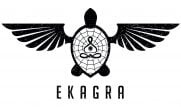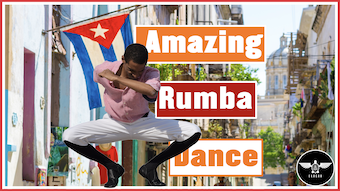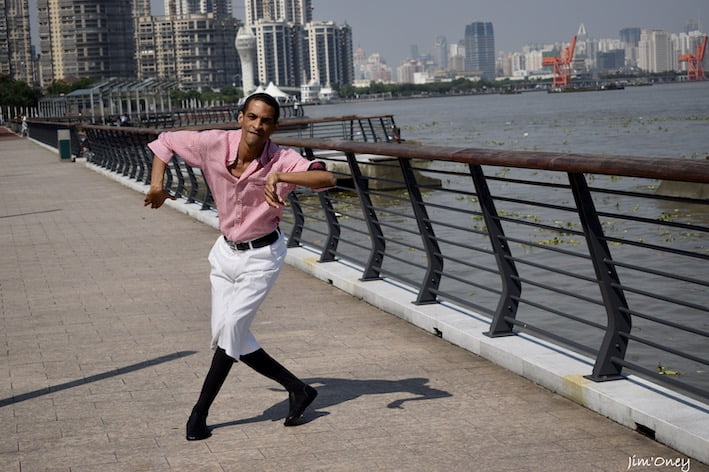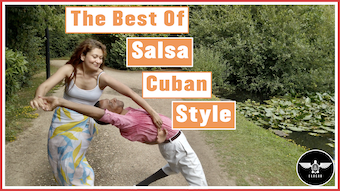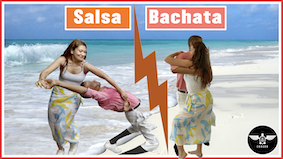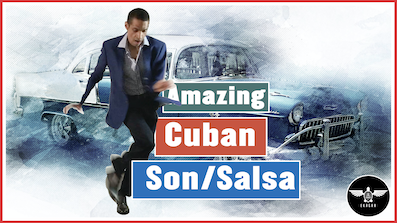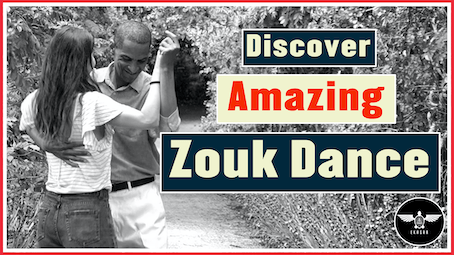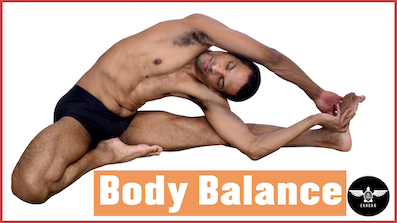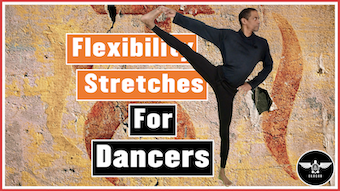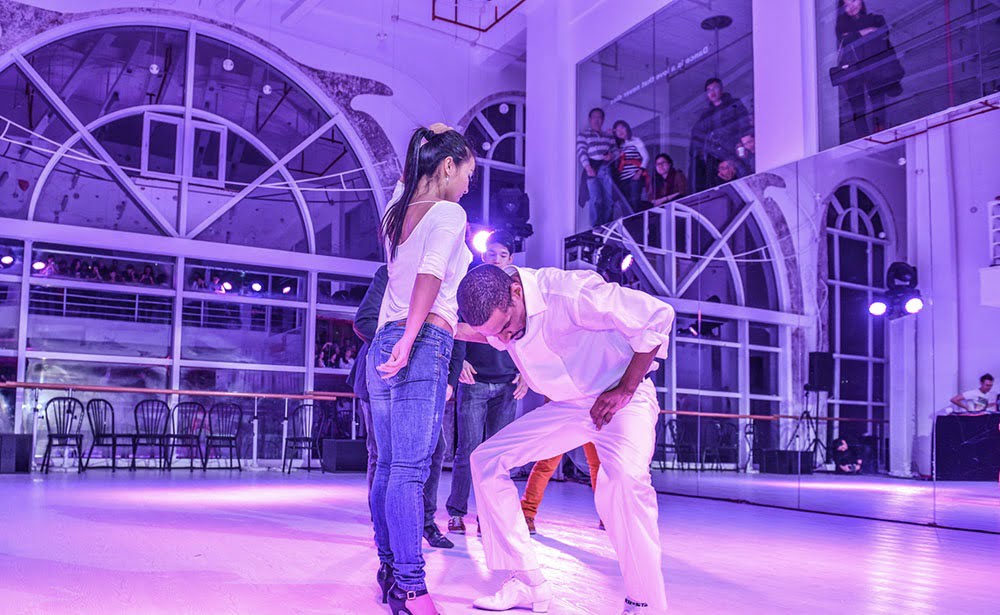
Discover the strong connection between salsa and rumba with this easy-to-follow guide on salsa history. Along the way, you will also discover that the best way to learn salsa is to go back to rumba.
What is Rumba?
When we talk about Salsa, the term rumba refers to the popular Afro-Cuban dance style of Cuba. However, for many foreigners, Rumba is confined to the ballroom style performed by dancers with long pants, shiny skirts, and a slick hairstyle. This dance was created by the black/mulato community in the late 19th century. When the Cuban revolution happened, the government pushed this dance by making it the flagship of traditional Cuban dances.
■ Types of rumba
There are three major rumba dances: Yambu, Guaguanco, and Columbia. In the first two types, a man chases a woman using his dancing skills. Seduction is the key in Yambu, where the rhythm is slower than in Guaguanco. In the latter, the male tries to ”vaccinate” the lady using multiple strikes that he disguises beneath his dance skills. In both dance styles, the partners match each other’s steps using different parts of their bodies.
As for Columbia, it involves several male soloists. They dance one after the other, trying to display better skills than the previous dancer.
Check my popular post on Cuban dances to see how each style is performed and the connection between Salsa and Rumba.
Is Rumba a salsa?
If you ask yourself such a question, you might have heard the name rumba when you or your teacher executed a salsa move. Most people don’t know it, but this dance is one of the predecessors of Salsa and is an integral part of it. Salsa (especially the Cuban style called casino) is made of different ballroom dances, such as Son, Chachacha, and Afro-Cuban dances, such as Rumba or Chango.
In my 5 level training videos, you will discover why you need to listen to Rumba if you want to see results in your salsa training. I advise salsa dancers to find the beat using rumba dances and songs. Indeed, Rumba has two advantages: You can hear the clave clearly (which is the critical instrument salsa dancers dance on). Moreover, you can apply salsa moves to rumba dances, which is a great way to teach you how to dance to the rhythm.
Where do salsa and rumba come from?
Salsa was created in New York in the 1960s following the migration of talented Latin American musicians. Pioneers like Eddie Torres brought a studio style to the dance so that dancers could have a code between each other. He developed a system called “on 2,” which means the dancer breaks on the second note of a basic salsa step.
However, most dance moves that influenced New York salsa emanated from Cuba with dance styles such as Son, Mambo, Chachacha, Rumba, and others.
Connection Salsa and Rumba
The influence of Rumba on Salsa is more heavily felt in the dance style people refer to as Cuban Salsa. Cuban salsa dancers use a variety of dance techniques depending on what music they listen to. You might witness a male dancer breaking away, bending his knees, expanding his torso, and engaging in a slow pace movement with his partner. In that case, you would have noticed a typical rumba move. Unlike Son, Rumba is more physical and playful and requires both dancers to be in good physical condition.

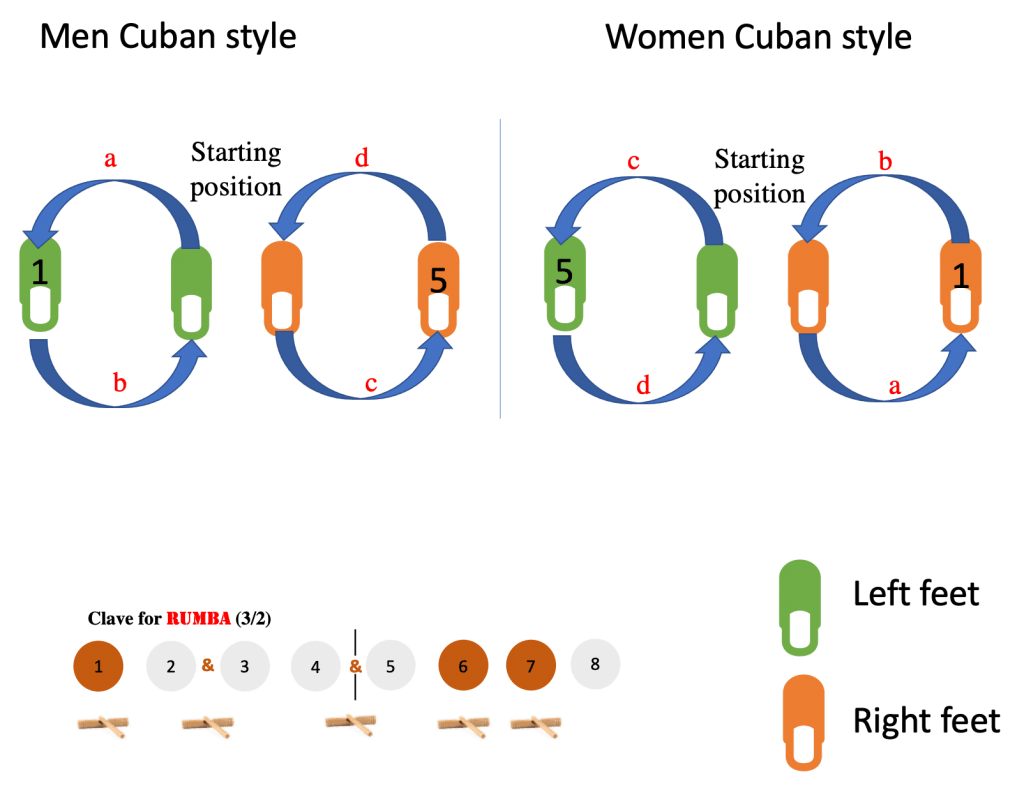
■ Simple Rumba step you can use in Salsa
On the first note of a basic salsa step timing, you take a step on the side (shifting your weight on that lead leg). Then, you come back to the center on the count of 3. After this, you do the same movement in the opposite direction and go back on 7. To execute this move correctly, bend your leg slightly and use your opposite shoulder to counterbalance the moving portion.
Example of salsa and rumba fused together
Discover new, untapped materials
Learn Cuban Salsa, Bachata, Improv’ and many other dance styles. Check out these videos and see what you can achieve in less than 3 months. Private lessons available for just £35/Hour. Free body movement and basic salsa and bachata lessons provided.
